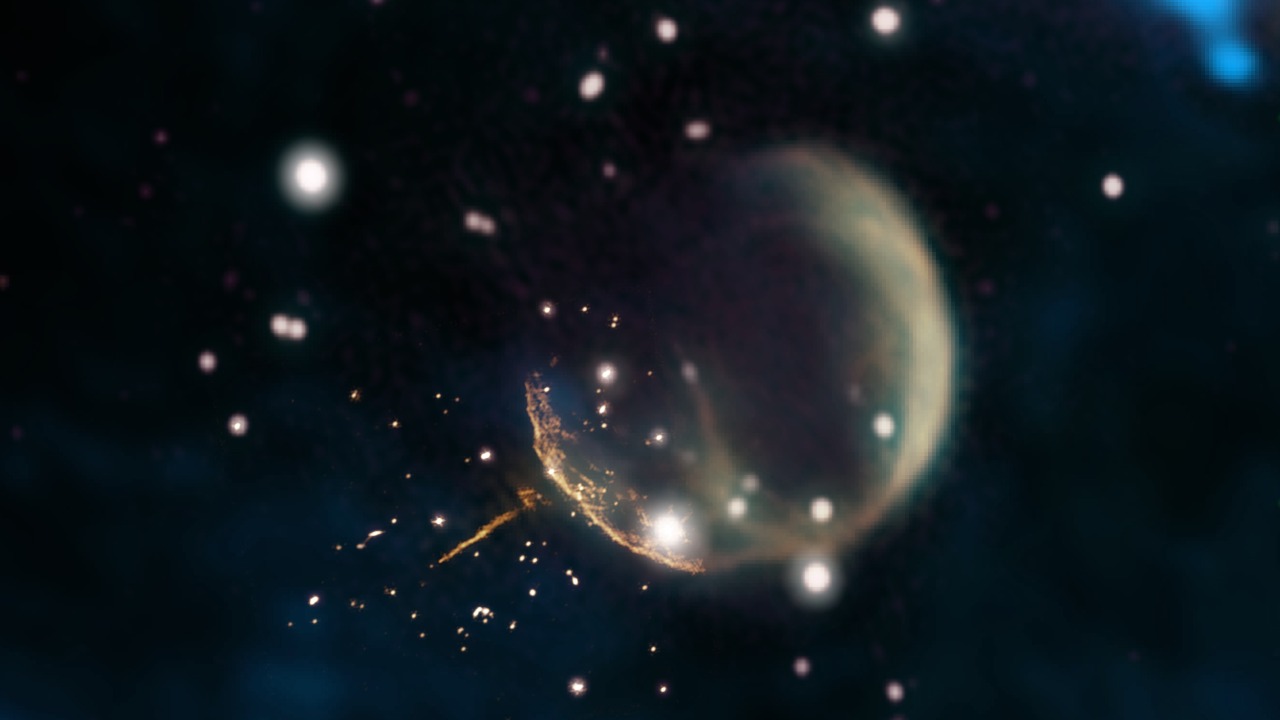
Space has always been a source of mystery and fascination, filled with signals and phenomena that scientists spend lifetimes trying to decipher. Some of these signals have sparked debates that continue to this day. Here are six such signals from space that have left scientists, and the world, intrigued.
The Mysterious Fast Radio Bursts (FRBs)
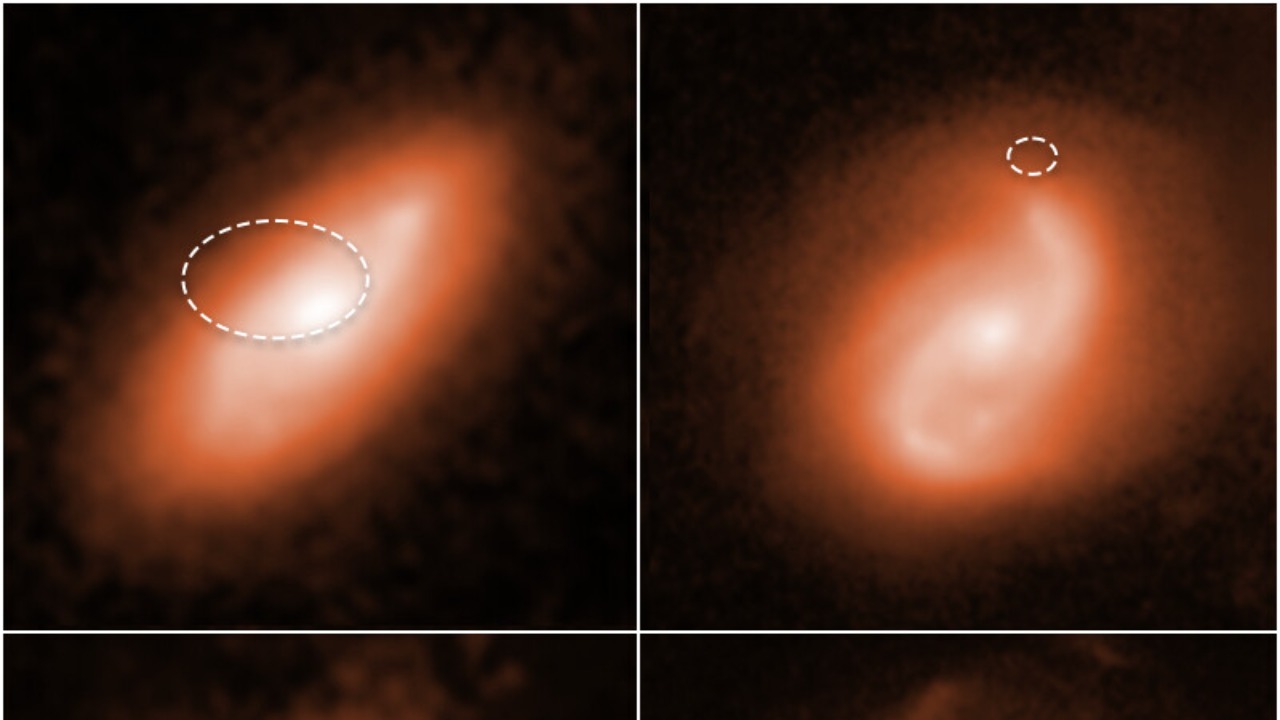
Fast Radio Bursts (FRBs) are high-energy astrophysical phenomena that have puzzled scientists since their discovery in 2007. These signals are incredibly brief, lasting just a few milliseconds, but they pack a punch, releasing as much energy as the Sun does in 80 years. The origin of FRBs remain a mystery, with theories ranging from collapsing neutron stars to extraterrestrial intelligence.
The Enigmatic Wow! Signal
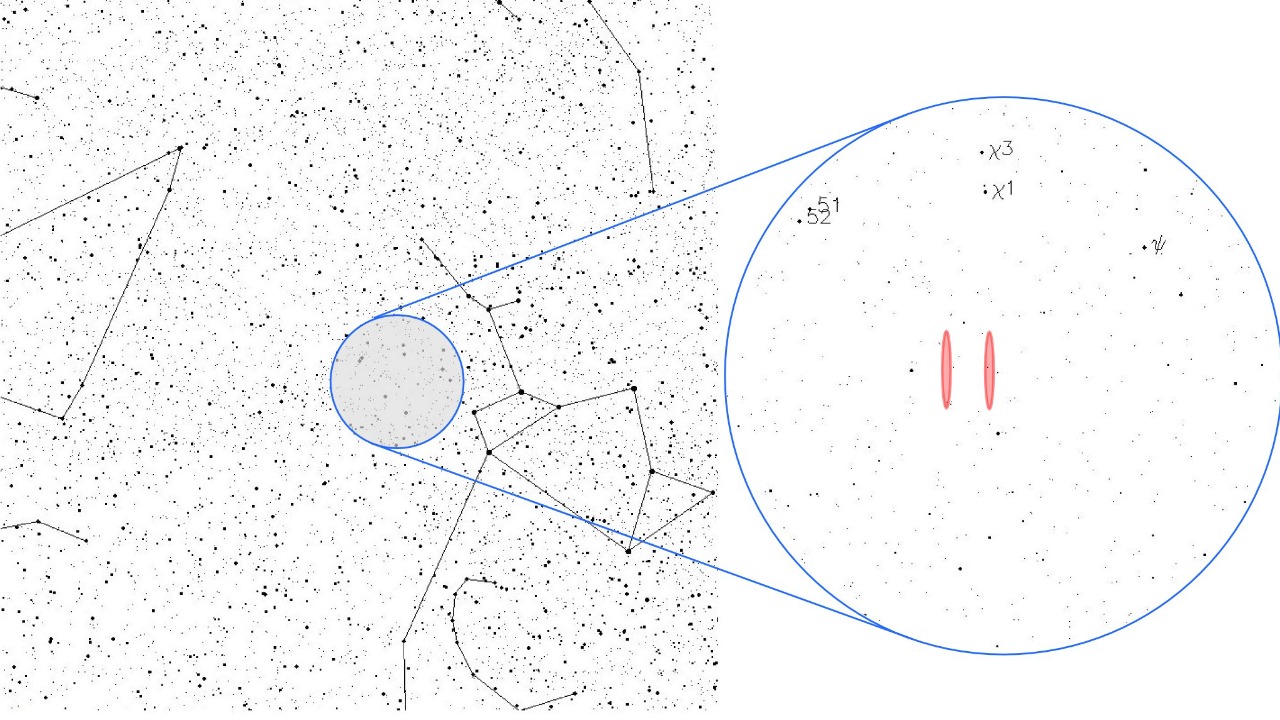
In 1977, a radio telescope at Ohio State University picked up a signal that left scientists amazed. This signal, now known as the Wow! Signal, came from the constellation Sagittarius and lasted for 72 seconds. Despite numerous attempts, the signal has not been detected again, leaving its origin and nature a hot topic of debate among scientists.
The Perplexing Pulsar Signals
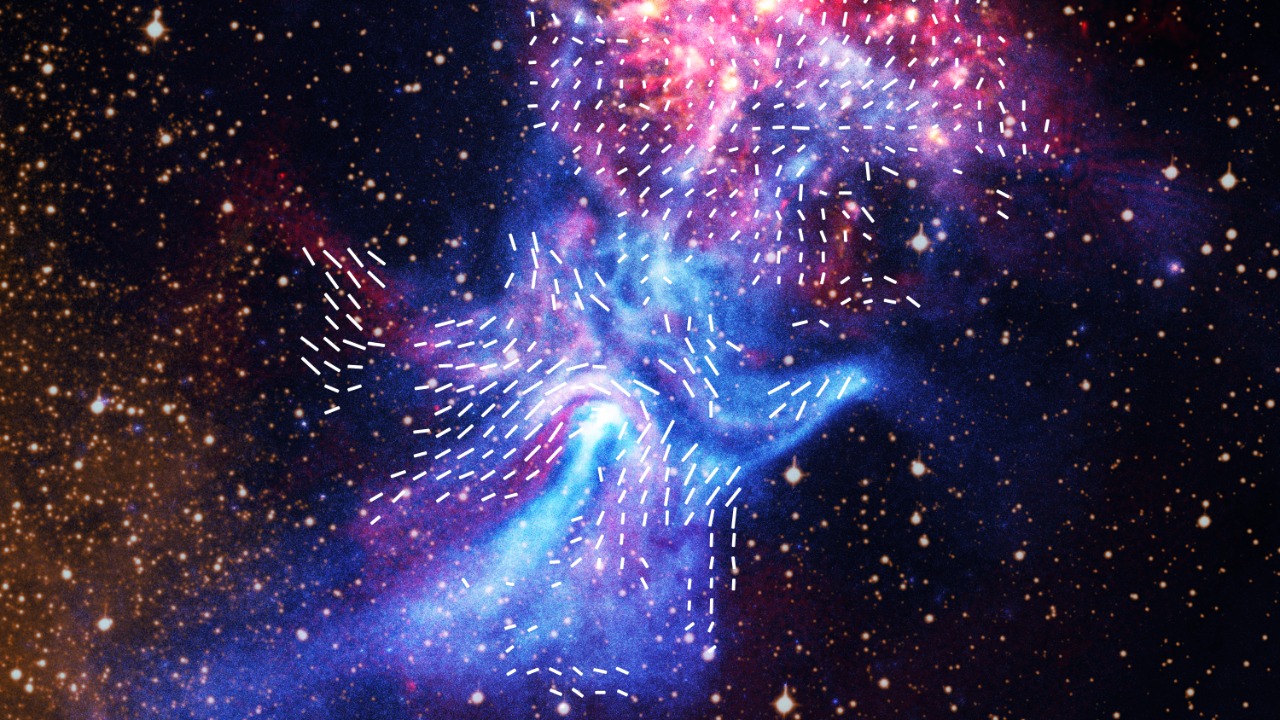
Discovered in 1967, pulsars are rapidly spinning neutron stars that emit regular pulses of radiation. Although we now understand them better, the regularity of these pulses initially led to speculation about extraterrestrial origin. To this day, some pulsar signals, such as the recently discovered repeating FRB, continue to baffle scientists.
The Unexplained KIC 8462852 Star Dimming
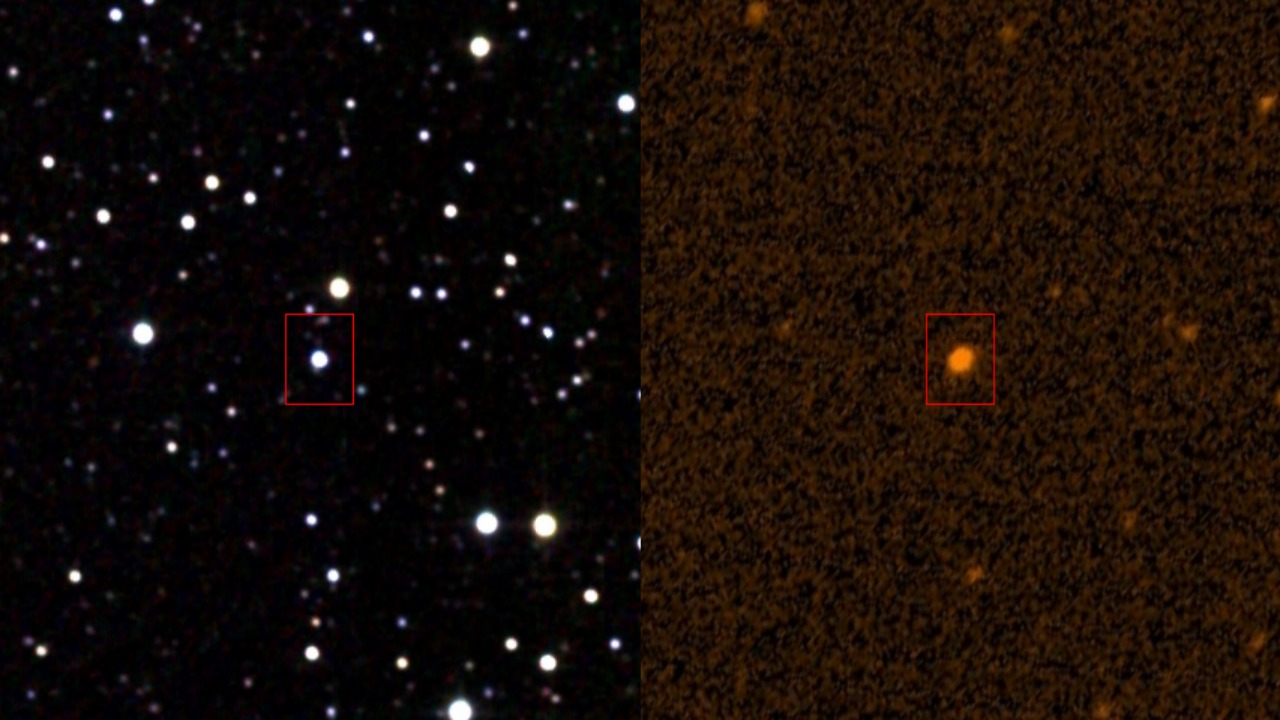
KIC 8462852, also known as Tabby’s Star, has caused quite a stir in the scientific community due to its irregular dimming patterns. Unlike other stars, whose brightness dips when a planet passes in front of them, Tabby’s Star’s light dims unpredictably and without apparent reason. Some have even speculated that this could be evidence of an alien megastructure.
The Controversial Extraterrestrial “SETI” Signal
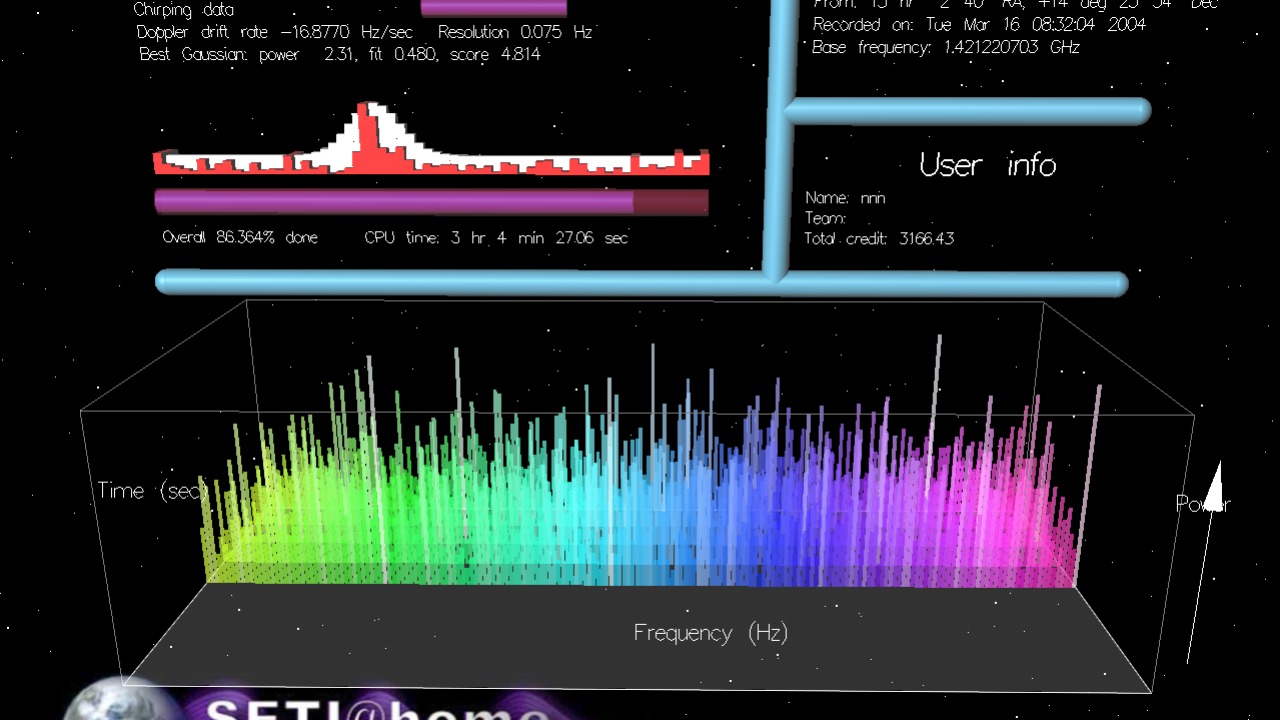
The Search for Extraterrestrial Intelligence (SETI) has been actively listening for signals from outer space. In 1997, they picked up a signal that became known as the ‘SETI Signal’. Despite being the strongest candidate for an extraterrestrial signal ever detected, further observations have failed to locate the signal again, leading to ongoing debate about its origin.
The Puzzling Cosmic Microwave Background Radiation
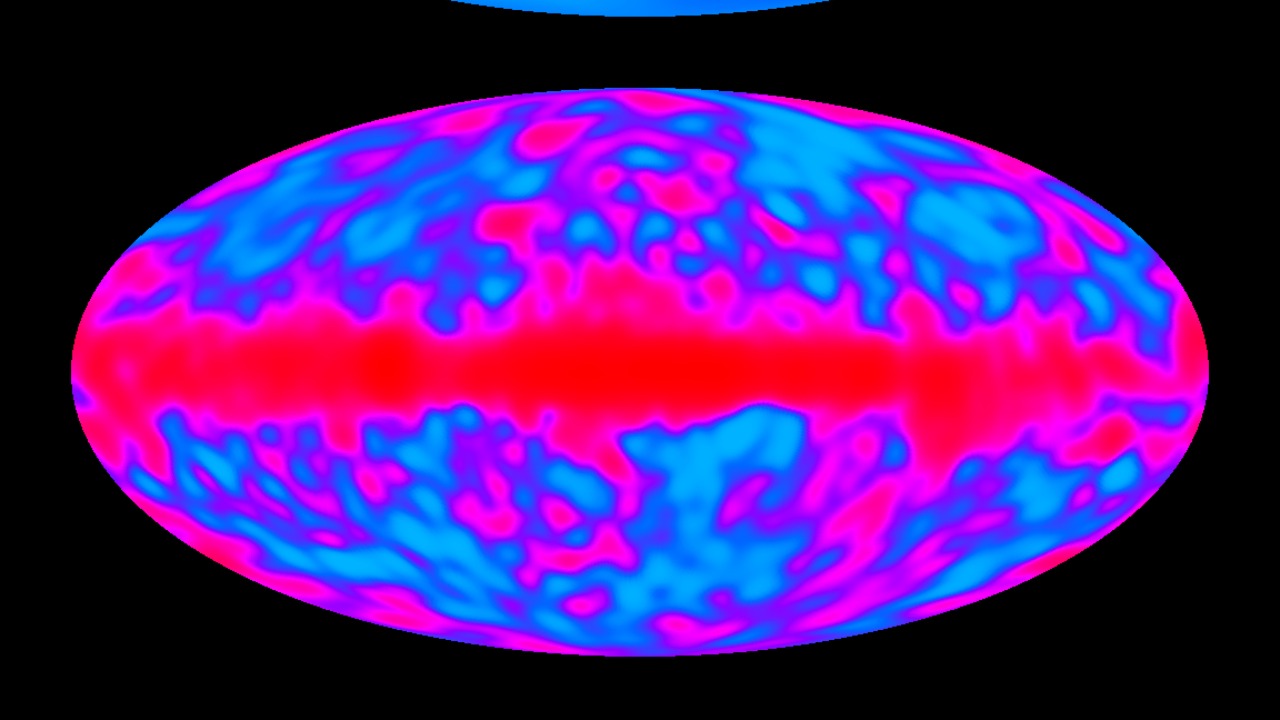
The Cosmic Microwave Background (CMB) radiation is a remnant from the Big Bang and provides vital information about the early universe. However, the CMB radiation also presents some anomalies that do not fit with the standard cosmological model, such as the ‘Axis of Evil’, a weird alignment of temperature fluctuations in the CMB. These anomalies have led to ongoing debates and have prompted some scientists to propose new theories about the universe’s evolution.